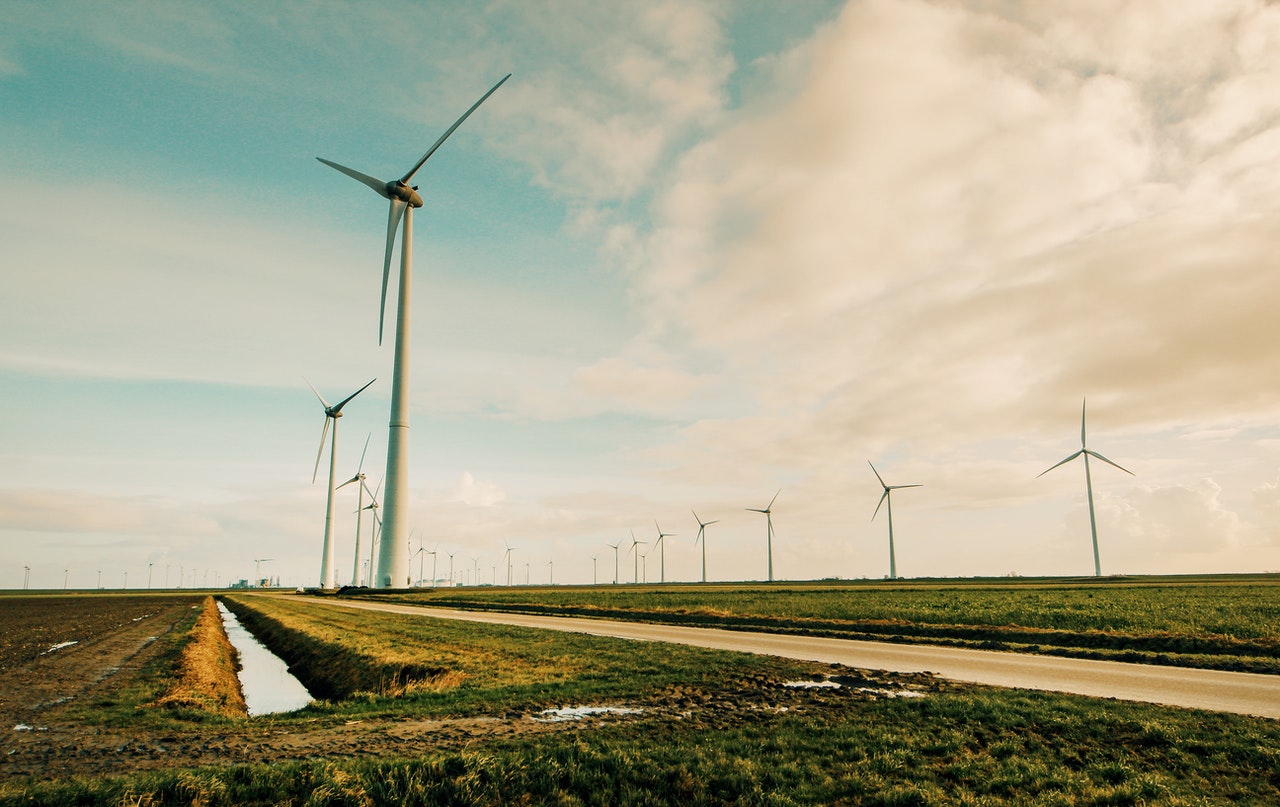Aleksey Zhikharev, director of the Association for the Development of Renewable Energy (ARVE), hopes to quadruple the total capacity of renewable energy sources (RES) in Russia by 2035, and construction volumes to 1 GW per year.
He spoke about the notion in an interview with the Kommersant newspaper, noting that the volume of energy inputs reached 5 GW at the program’s first stage.
“The program’s first stage was a pilot project with a modest volume of 5 GW. At the second stage, we will develop the created competencies. We hope to increase the production of localized equipment by 2035 and quadruple Russia’s total renewable energy capacity. Construction volumes will be about 1 GW per year,” the director of the ARVE said.
Zhikharev noted that the renewable energy support program, in particular, aims to develop technological, scientific, and engineering competencies in Russia in a sector that will play a significant role in the world.
“At the program’s second stage, there are more ambitious goals: the degree of localization in the sun will be increased to about 90%, and in the wind – up to 85% in the future until 2035,” Zhikharev said.
However, the ARVE director pointed out that, due to sanctions, colleagues are experiencing difficulties with the supply of individual components, and companies are working on reconfiguring supply chains for the facilities RES capacity.
“All problems are solvable, and we hope that by next year all positions will be restored,” he added.In addition, Zhikharev stressed that the export requirements contained in the second RES support program will be met. The EU and the US were not considered as the main export destinations. Instead, the CIS countries and neighboring countries are in priority. Southeast Asia is also considered.
“It is likely that changes will be required to start the fulfillment of export requirements. Perhaps, it will be necessary to adjust the volumes for the coming years slightly, but the integral indicators will remain at the same approved level,” explains the director of the ARVE.

